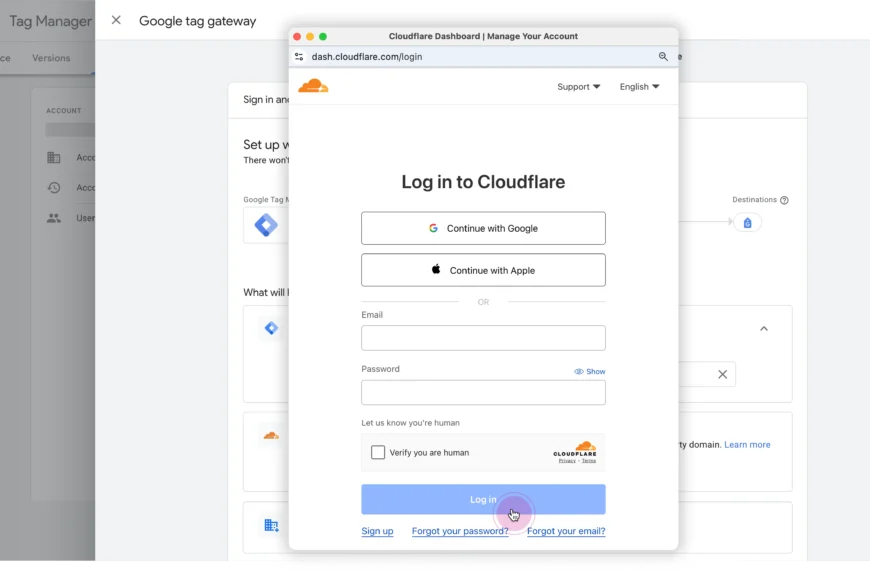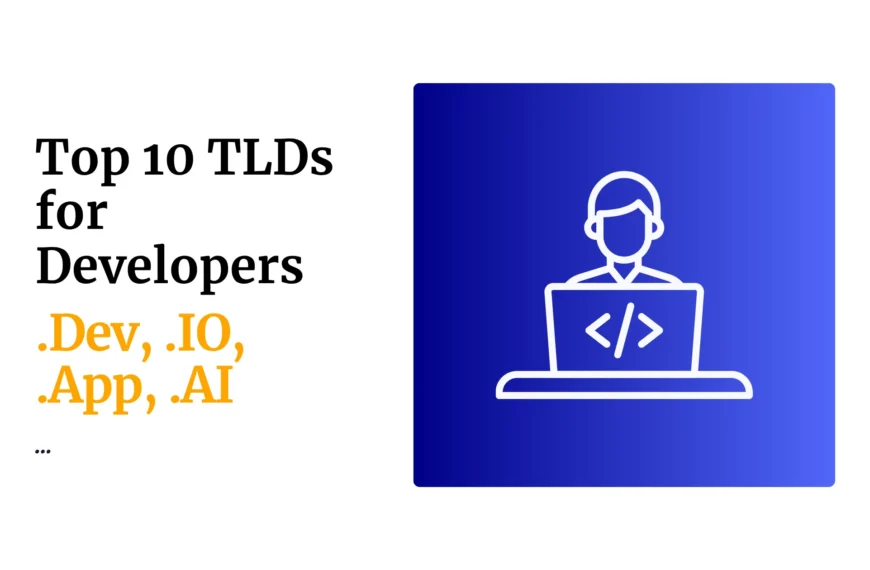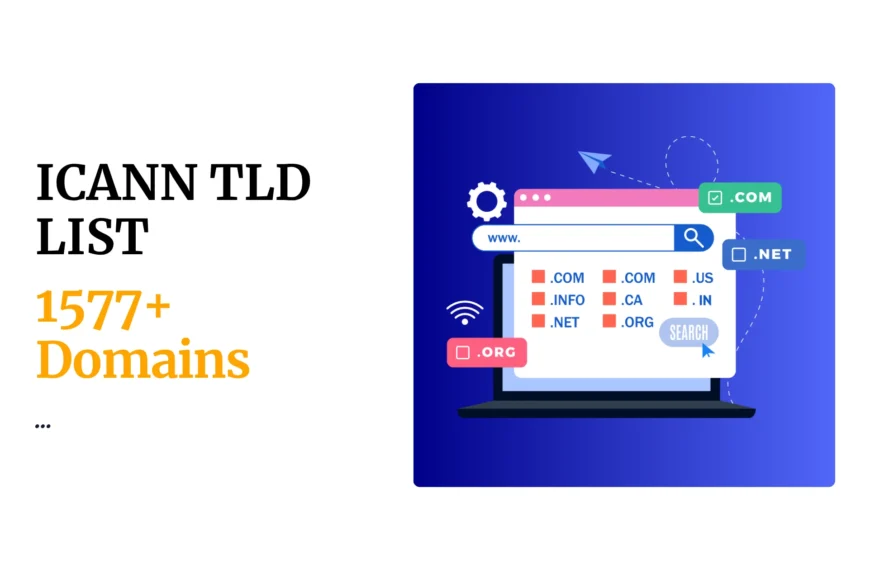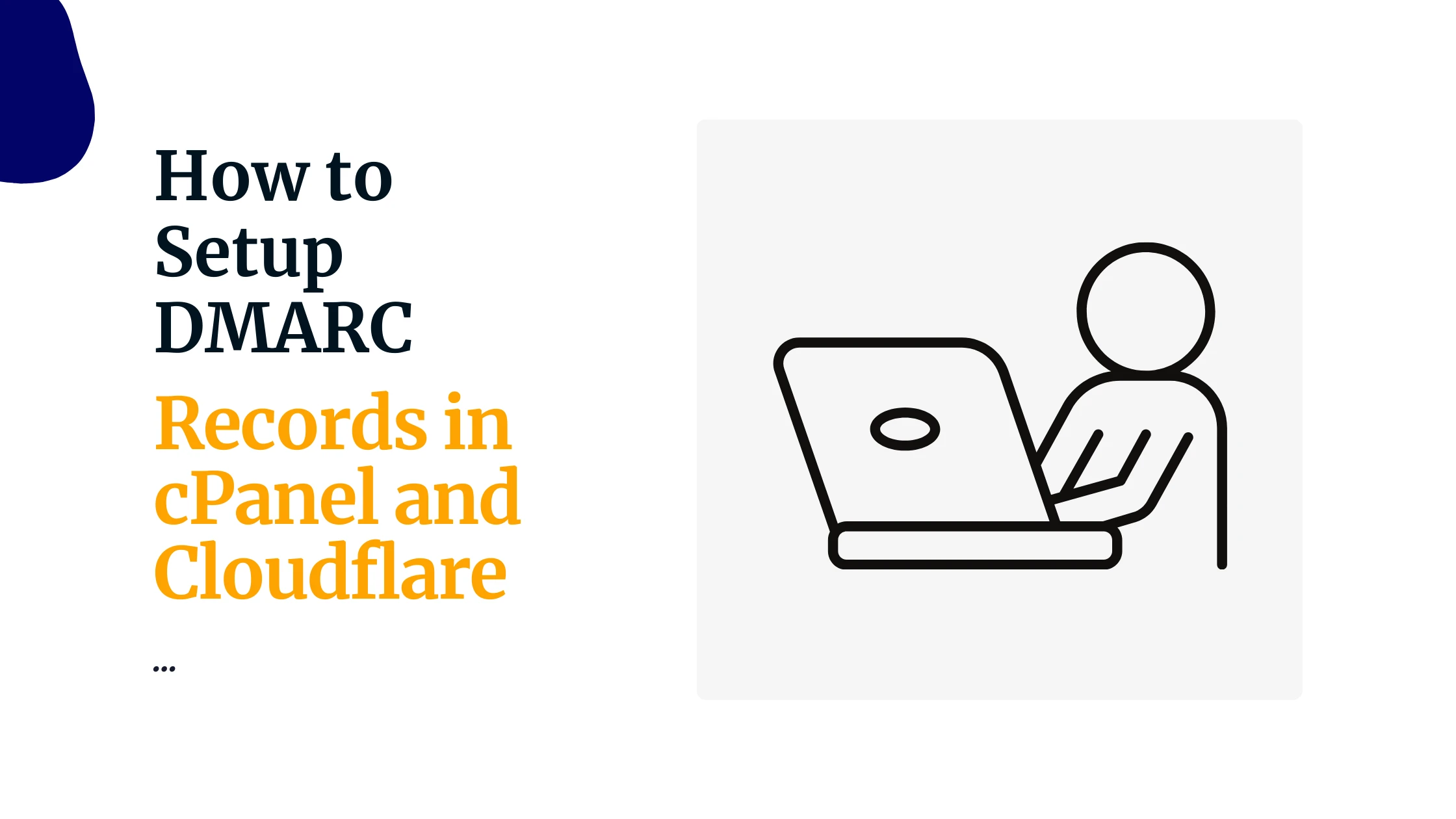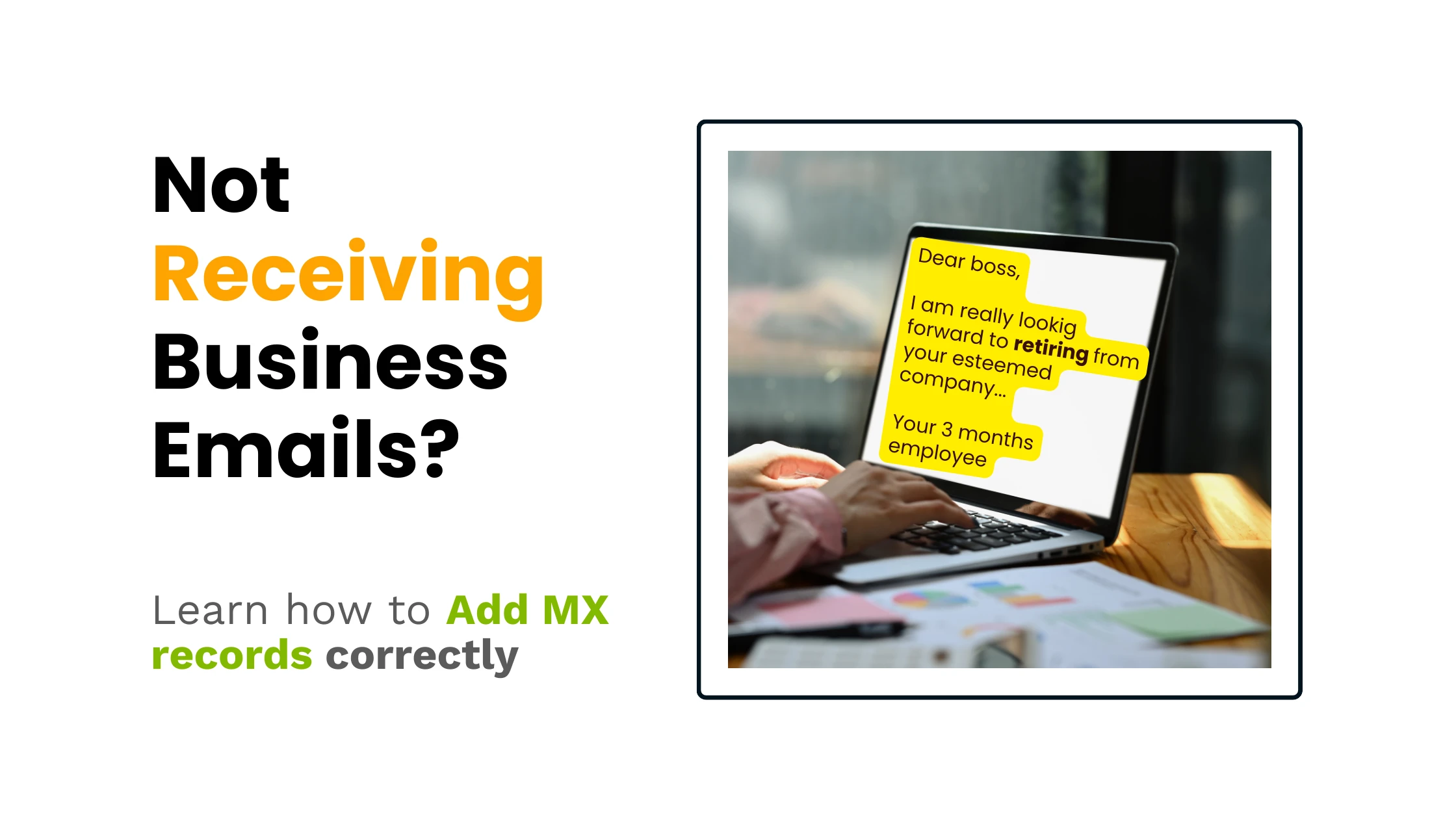If you use email, you have probably encountered a lot of spam. Many individuals don’t even realize it’s spam until it is too late because they frequently seem like harmless adverts or emails.
Spam emails are unsolicited emails sent in large numbers for commercial purposes.
Typically spam emails come from accounts that you’ve never subscribed to. They often contain dubious messages that scammers can use to steal crucial information from you.
Types of spam emails and messages
There are different types of spam;
1). Malware warnings
There are emails that you get in your inbox warning you that your device is infected with a virus. They are often supplied with a file or link that instructs you to click on it to remove the virus. After clicking the link, you receive additional grating emails.
2). Spoofed emails
Scammers attempt to get access to online accounts or steal personal information using phony email addresses that resemble the ones you currently subscribe to. They often impersonate legitimate organizations that you trust. For instance, you can receive an email requesting payment of an outstanding invoice.
3). Accidental subscriptions
There are instances when you read something thrilling online and are deceived into subscribing to receive more content. Unfortunately, you wind up receiving unpleasant emails from subscriptions you never intended to make.
4). Adult content spam
Cybercriminals use adult content while sending emails as it is a very lucrative market. Many people may be curious to click on the links. They tend to create malicious emails using erotic images and videos.
Risks associated with spam email
Many individuals mistakenly believe that spam emails are only annoying and harmless, however, they can also be dangerous and include malicious content.
01). It has an impact on your company’s productivity
Spam emails have the potential to disrupt operational activities. It assigns needless tasks to employees who spend more time on them than on their allotted duties, hence lowering the company’s productivity
02). Reputational damage
Spam emails can contain malicious messages or personal customer information, and if clients get such messages from a different email account or your hijacked account, they may lose trust in your firm.
Furthermore, a cybercriminal can hijack and exploit your company’s name to propagate spam, which may have legal ramifications under certain laws resulting in legal issues. These have the potential to harm your company’s reputation.
03). Financial costs
When you click on spam emails that contain harmful software, it can harm systems and steal personal information. The organization may incur financial costs while attempting to recover the stolen data and remediate the harm.
04). Communication overload
Receiving spam emails can lead to an overburdened inbox. This can result in communication lines being blocked.
Also, email communication may become problematic because many vital messages may be misidentified as spam.
05). Irritation
Junk emails can be quite irritating. When you open an email and click on it or delete it, another one appears.
Even though many individuals are unaware of the serious consequences of spam emails, when they continue to get them, their emotions alter and they do not want anything to break their tranquility.
06). Loss of data
When you open spam emails, you give hackers access to the system allowing them to do whatever they want, including stealing and deleting your data. If you lose some vital information, it may e extremely tough to restore it.
How to permanently stop spam emails
Spam emails can do a lot of harm, but the good news is that there are several ways to prevent the majority of them from reaching your inbox and reduce the number of spam emails you receive on your account. The following are some tips for reducing spam emails on your account.
#1. Ensure to read the website’s terms and conditions.
It is normal for the majority of individuals to skip the section where they are required to read the terms and conditions.
Some of the agreements in the terms and conditions involve an agreement to share your email address and information about your organization with other parties.
If you check the box for terms and conditions without first reading them, you may end up receiving spam emails that you never signed up for. As a result, it is critical to read and comprehend the terms and conditions to keep unwanted spam emails out of your inbox.
#2. Mark as spam
Most emails have a feature that filters out spam emails and sites than in a spam folder. If you receive any questionable emails, do not delete them, instead, label them as spam so any subsequent emails from the same address will be automatically designated as spam and will not make it to your inbox
#3. Unsubscribe from email lists
Marketers and spammers frequently obtain your email address from social media and other organizations from whom you have made purchases and left your information.
Unsubscribe from mailing lists you don’t read and also try not to subscribe to too many email lists as this makes your email address easily available to spammers.
#4. Never respond to spam emails
Spam emails frequently contain malicious messages delivered by hackers attempting to get access to your machines. They may send viruses as links or files to ruin your systems, resulting in the loss of valuable information.
When you receive spam emails, avoid responding to them as much as possible, even though it may be tempting to open the file and see what happens or what they are providing.
If you react to any of the spam emails, they will know your account is active and will continue to send you spam emails.
#5. Make use of disposable mail
If you are unsure of the legitimacy of a firm and you are needed to submit your email address to obtain a service, utilize a temporary email address rather than your official personal or business one. Unsubscribe and get rid of the email once you’ve accomplished your goals.
#6. Block the spam emails
Another technique to prevent spam emails from reaching your inbox is to block them. This makes it difficult for spammers to send you further emails using the same email address. When you label spam emails as spam, they go to your spam folder, but after you block one, they can’t get to your inbox.
#7. Create a secondary email address
Creating a secondary email to use in place of your personal or business email address is another strategy to avoid receiving spam emails on your account.
Some organizations automatically sign you up to their mailing lists when you order a product or offer your email address for a certain service, so you can receive marketing advertisements. Using a secondary email address ensures that your primary email address does not receive spam.
#8. Disable automatic graphic download in HTML mail
Check that your email settings are configured to not download photos from unknown senders. Office outlook features an additional anti-spam feature that prevents automatic image downloads.
Many spammers send HTML emails containing a linked graphic file, which is then used to track who opens the email message. You will continue to receive spam after they discover you have opened their file.
#9. Use social marketing site’s privacy
When you post personal information including an email address on social media and online sites, you can choose who sees your email address. The setting allows you to hide your email address from the public and ensures that only those you trust have access to it.
#10. Be aware of default options
When you sign up for certain online accounts or services, you may be given the choice of receiving emails about other products and services. If you do not uncheck items that are selected by default, you may start receiving emails from those lists as well.
#11. Don’t spam other people
Avoid forwarding emails or sharing chain emails. These chain emails contain messages in which you are informed if you need a miracle within a given time frame, or if you don’t want sth bad so you only have an option of sharing. If you entertain such, they keep sending spam emails.
Conclusion
With technology evolving by the day, hackers and spammers are always on the lookout for ways to profit off the efforts of others. Receiving spam emails may appear to be a little inconvenient, but it can be dangerous.
It is critical to stop spam emails to secure your organization. Luckily, there are numerous techniques to avoid receiving spam emails.
Related:
 Domain SearchInstantly check and register your preferred domain name
Domain SearchInstantly check and register your preferred domain name Web Hosting
Web Hosting cPanel HostingHosting powered by cPanel (Most user friendly)
cPanel HostingHosting powered by cPanel (Most user friendly) KE Domains
KE Domains Reseller HostingStart your own hosting business without tech hustles
Reseller HostingStart your own hosting business without tech hustles Windows HostingOptimized for Windows-based applications and sites.
Windows HostingOptimized for Windows-based applications and sites. Free Domain
Free Domain Affiliate ProgramEarn commissions by referring customers to our platforms
Affiliate ProgramEarn commissions by referring customers to our platforms Free HostingTest our SSD Hosting for free, for life (1GB storage)
Free HostingTest our SSD Hosting for free, for life (1GB storage) Domain TransferMove your domain to us with zero downtime and full control
Domain TransferMove your domain to us with zero downtime and full control All DomainsBrowse and register domain extensions from around the world
All DomainsBrowse and register domain extensions from around the world .Com Domain
.Com Domain WhoisLook up domain ownership, expiry dates, and registrar information
WhoisLook up domain ownership, expiry dates, and registrar information VPS Hosting
VPS Hosting Managed VPSNon techy? Opt for fully managed VPS server
Managed VPSNon techy? Opt for fully managed VPS server Dedicated ServersEnjoy unmatched power and control with your own physical server.
Dedicated ServersEnjoy unmatched power and control with your own physical server. SupportOur support guides cover everything you need to know about our services
SupportOur support guides cover everything you need to know about our services


